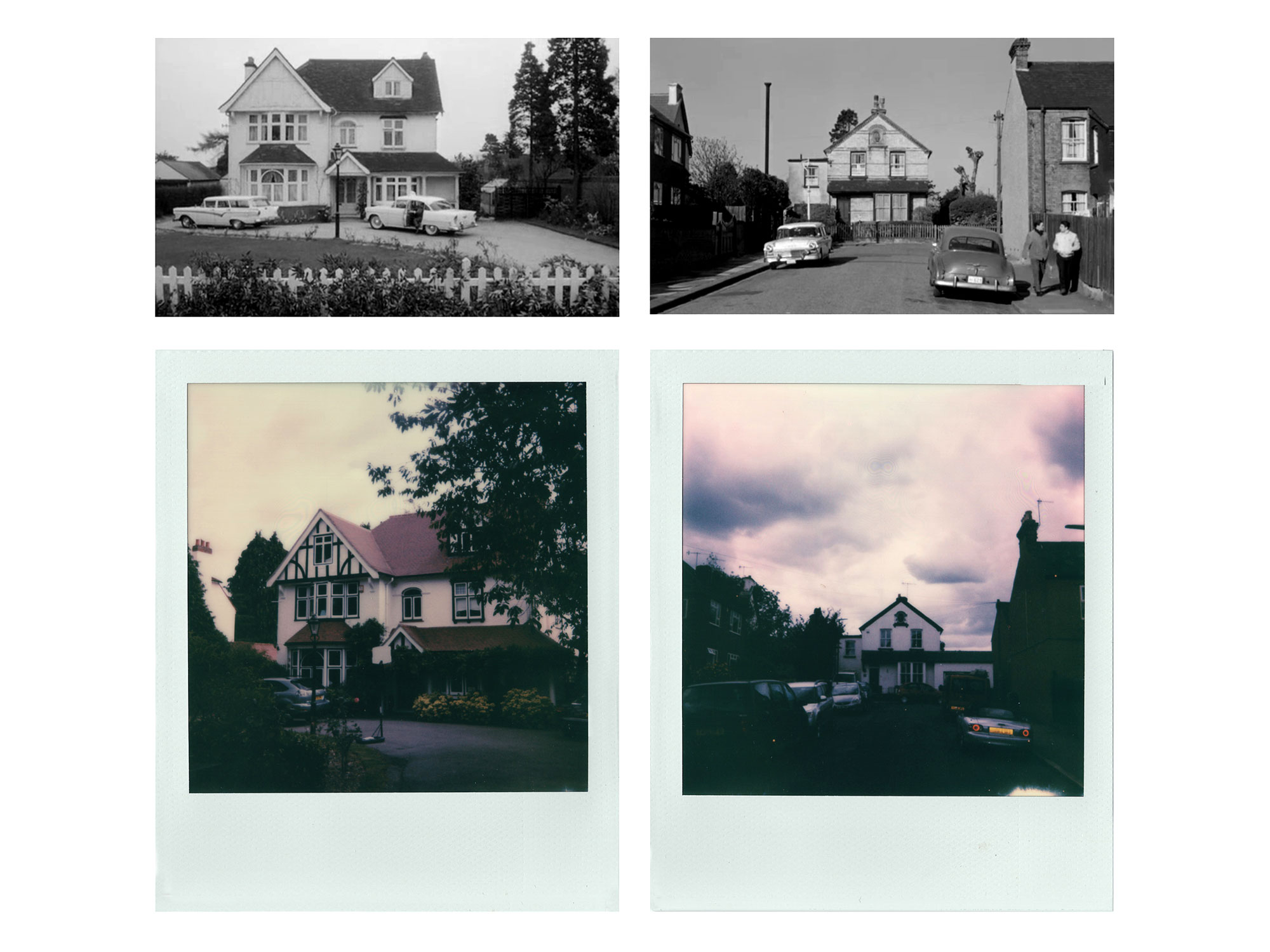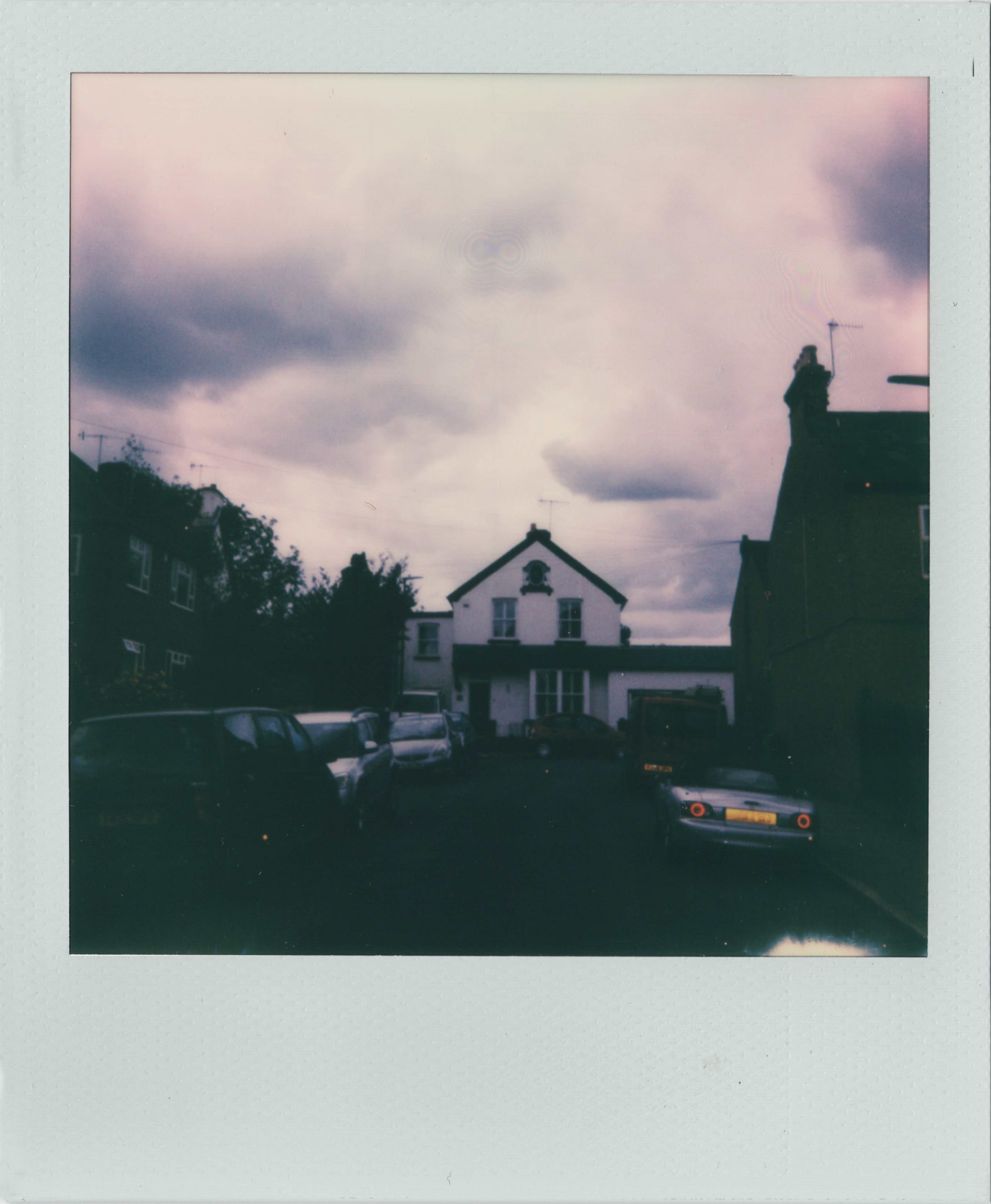
Even by the daring standards of early 1960s American cinema, it must still have seemed a gamble to adapt Vladimir Nabokov’s controversial 1955 novel, Lolita. The book was banned from crossing the border into Britain after initial praise from Graham Greene as well as in more liberal France too. Its publication in America had been equally tricky, the book rejected by most major publishers but selling incredibly well once available in spite of its controversial content.
It was Stanley Kubrick who took up the challenge, assisted by Nabokov himself as screenwriter, in what must have been an incredibly difficult project. In spite of copies being seized when first imported into Britain, Kubrick unusually chose to base his production in London. The reality it results in is bizarre. Some of the film’s most striking moments of Americana are actually in the most unlikely of locations: the Home Counties.
Though applying some changes in emphasis to the narrative, Nabokov’s screenplay stayed mostly true to his original novel. Suffice to say, it follows the complexities surrounding the troubling infatuation of an older British academic, Humbert (James Mason), with fourteen year old Lolita (Sue Lyon). Looking for a room to lodge in Ramsdale, New Hampshire while in preparation for his professorship at Beardsley College, Humbert becomes the lodger of Charlotte Haze (Shelley Winters), a middle-class widow.
When slowly falling for her daughter, he opts to marry Charlotte in order to stay. Humbert keeps his desires locked within the confines of an illicit diary but, with the pressure of potential rivals, including the creepy playwright Clare Quilty (Peter Sellers), his lust soon sets off a chain of events that will eventually lead to suicide and murder.
In spite of being filled with middle-class Americana, it’s surprising to find just how unconsciously British Lolita feels at times. Aside from the two leading men being British (with Sellers using his skill in mimicry to play an American), there are a wealth of strangely Anglo-Saxon tones. Humbert and Lolita’s first spark of shared attraction occurs during the drive-in viewing of Terence Fisher’s The Curse of Frankenstein; their embraced hands discovered when Charlotte also looks for a comforting hand in fear of Christopher Lee’s monster. But ultimately it is down to the locations that provide an unconscious hint of Britishness, the production being located at Elstree Studios in Hertfordshire, with spates of actual American filming in between.
The first example of this comes in the building we see in the opening scene. Clare Quilty’s house – a castle, in fact – is located not far from the studio and it’s likely that some of the drive we see opening the film was shot in the area around the Borehamwood studios as well. Hilfield Castle doubles as Quilty’s Pavor Manor where the first and last segments take place though is mostly absent from the rest of the film. The film’s other houses were also filmed in Britain, even when their importance to the narrative is at its height and the illusion of American suburbia is most essential.

Charlotte’s house is pivotal to the film. This isn’t just because it’s where so much of the drama happens – the film’s most famous imagery comes largely from its garden where Humbert first sees Lolita – but because it represents the world of the film in a nutshell. With its white fences and distinctly middle-class pretensions, it’s arguably as much a character as Charlotte herself, with Humbert taking advantage of both.
In his novel, Nabokov describes the building as “a white-framed horror… looking dingy and old, more grey than white – the kind of place you know will have a rubber tube affixable to the tub faucet in lieu of a shower.” For this location, Kubrick journeyed to Gerrards Cross in Buckinghamshire and found the house he needed not far from the town. The beautiful house still stands today, though the road is much busier and the typically American white fence has been replaced by a neat hedgerow.
Much later on after a great deal of drama, Humbert is reunited with Lolita who is now living in her own ramshackle place with her fiancé Dick (Gary Cockrell). Humbert pleads one last time for her to run away but she rejects him, now content with the simplicity of her life. To mark this shift, Kubrick returns to his home territory of New York with a variety of shots showing Humbert’s drive to visit Lolita one last time. Nabokov describes this house as a “clapboard shack, with two or three similar ones farther away from the road and a waste of withered weeds all around.”

All of this makes its actual location in Watford even more surprising and perhaps the strongest illusion in the film. The house is on Grover Road, not far from Bushey Overground Station. It is again virtually unchanged; only rendered modern by the excessive amount of cars that fill the street.
Though many films create illusions of elsewhere through what is available on the studio doorstep, few do so with quite the same level of believability as Lolita, nor with the same bravado in choosing locations that are virtually opposite to the actual setting. Visiting these locations, it came as a surprise more than usual to meet echoes of such deeply American images residing in and around sleepy outer London and beyond. Yet, for a film in which things are never quite as they appear, it seems more than just a little appropriate.
Access to the Gerrards Cross location was kindly agreed with the permission of the current owners. This location should not be sought out or visited without their prior consent.
The post On Location: The houses in Stanley Kubrick’s Lolita appeared first on Little White Lies.
![Forest Essentials [CPV] WW](https://s3-us-west-2.amazonaws.com/pcw-uploads/logos/forest-essentials-promo-codes-coupons.png)
0 comments